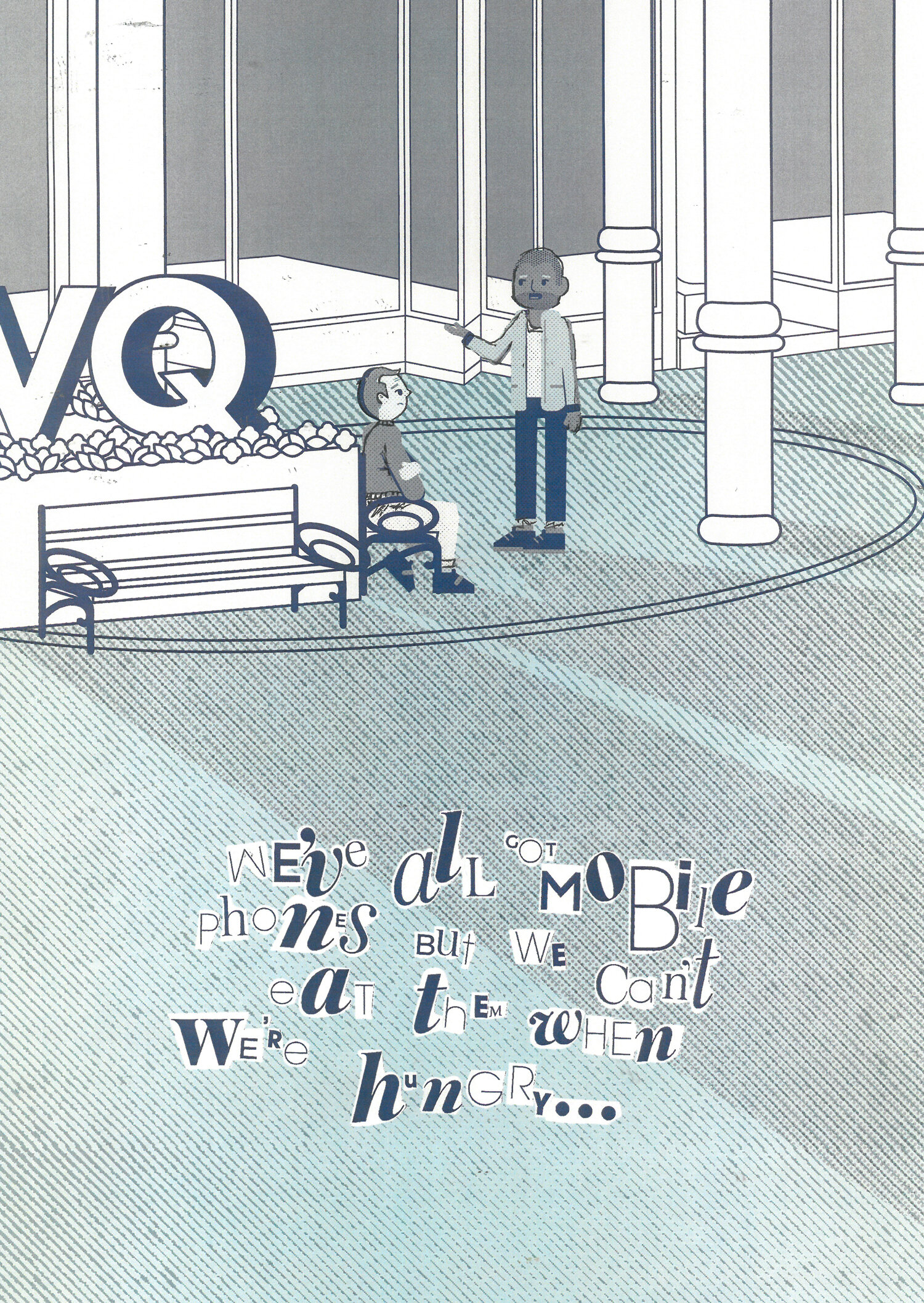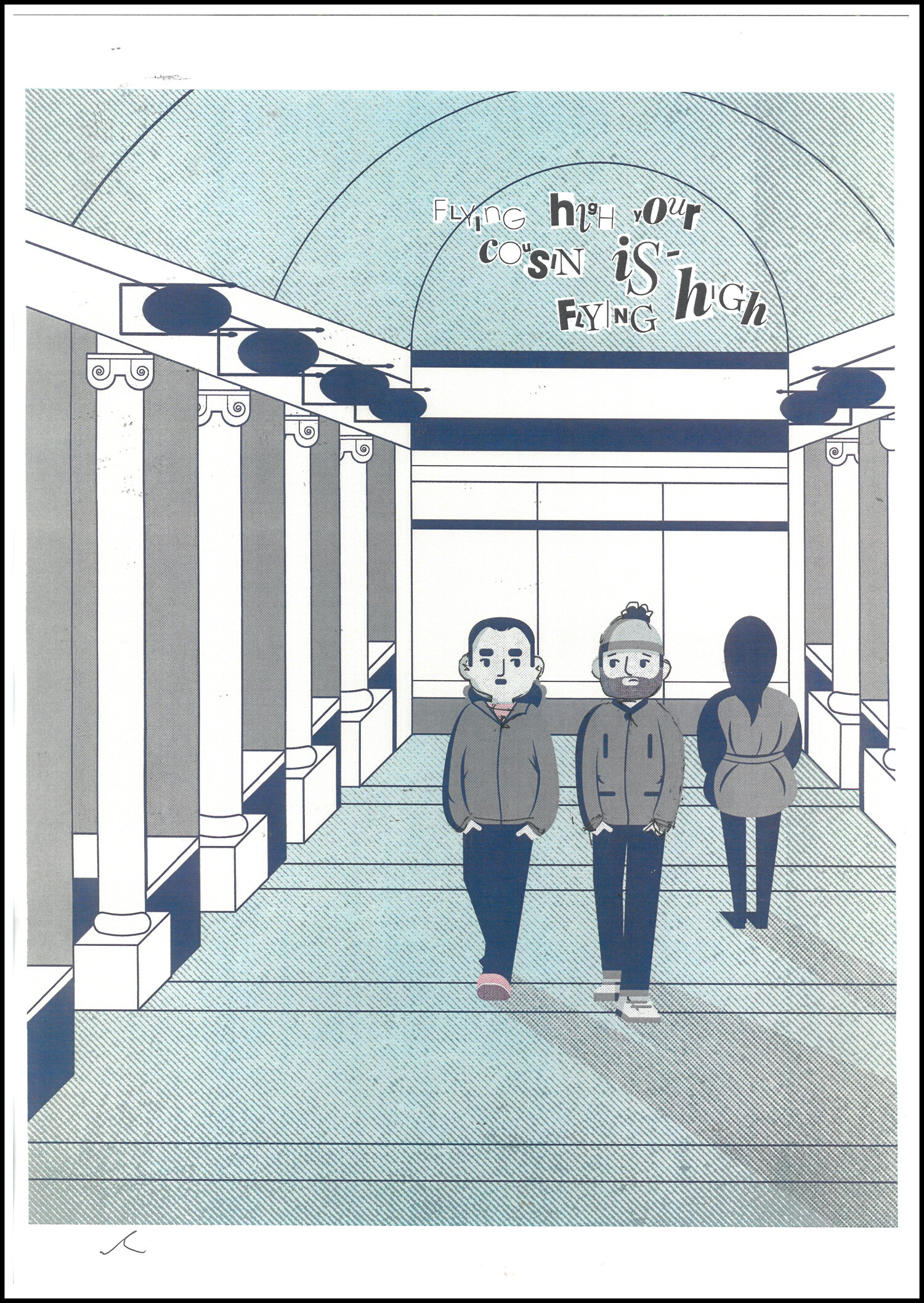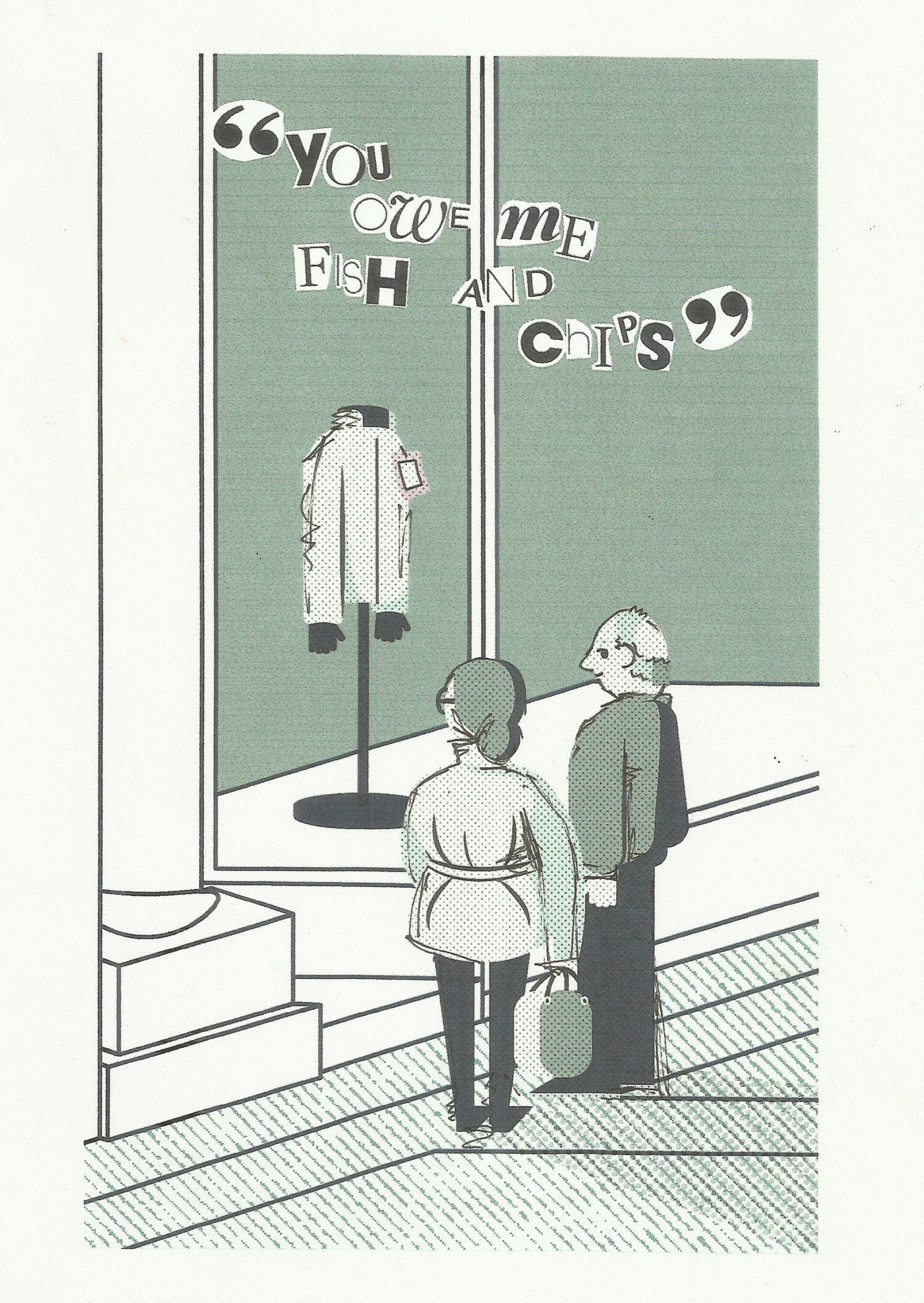How to Design Happy Spaces: A Guide to Placemaking
Like a weary bear after hibernation, I have been emerging back into the world as lockdown eases. This regained access to various locations has offered me a new appreciation of placemaking. Yet, the effect of placemaking is not an entirely new concept to me! Back in university, my independent project captured the fleeting moments experienced in the urban landscape. Here, I learnt the true importance of design (or planning) in placemaking.
“Placemaking is a form of design. It is a process in which we create physical environments that people may enjoy through work, learning and play.”
During the mid-twentieth century, The Situationists Internationale (SI) (an influential French group) formed ‘psychogeography’ as a strategy. Their strategy was to revolutionise everyday life (Souzis, 2015).
Guy Debord was the founding member of the SI. He explained that psychogeography is the “study of the precise laws and specific effects of the geographical environment, consciously organised or not, on the emotions and behaviour of the individuals” (Souzis, 2015, p. 194). In other words, Situationists would describe the effects that the urban structure and architecture has on people (Smith, 2010). They realised that the design of a place could influence the decision-making of people within that area. The SI disbanded in 1972, yet, psychogeography is becoming increasingly recognised. People are even attempting to reclaim public spaces endangered by big business (Souzis, 2015) and to improve wellbeing (Mansfield, 2020).
Above: illustrations by Buttercrumble, inspired by creative psychogeography experiments conducted in Leeds, UK.
At Buttercrumble, we always state that “design is about solving problems within a set of limitations”. This is even more true for environments. The landscape is infinite, not just a flat sheet of paper. So, the scale of observation is vital (Ingold, 2013). Based on findings from a What Works Wellbeing report (Mansfield, 2020) we believe there are five key areas to consider:
Belonging
What feelings and emotions can you encourage within a space? Does the space allow for self-discovery? Are users able to express their identity confidently?
Community and Locality
Does this space allow for connection with others? How does it fit within local infrastructure? Can users act independently and within groups?
Sensory Experience
Does the space engage all five senses? Does it offer respite or an escape from the mundane?
Safety
Is the space accessible and inclusive to all? Does it encourage supportive relationships?
Endurance
Is the space consistent enough to help build familiarity amongst users? Are activities consistent and regular? Does it encourage memory-making? Will it stand the test of time?
If these elements are carefully considered and designed, you can improve feelings of happiness, confidence, autonomy, trust and self-worth amongst a community. To achieve this, we recommend co-designing with the local audience. By involving users of the space, you can recognise specific needs and create environments for shared moments.
By combining local insights with the knowledge of urban planners, architects, interior designers developers, graphic designs and creative strategists, you can develop a space which people will love to visit. We are able to support through creative identity and brand design. It is important to employ a distinctive graphic aesthetic that influences the emotions of a space and creates a sense of identity. It helps people navigate the space and feel belonging. Important aspects of wellbeing! This strong design presence is experienced best at Disney theme parks — “the happiest place on Earth”.
Whether your space is an office, shop or community centre, exploring your space is a mindful and creativity-boosting activity. Wander, and learn how your environment affects people and their emotions.
Interested in more? Please sign up to the Buttercrumble Grapevine for more juicy news and updates. For more information on our sources, or further reading, please view the references at the bottom of this post.
Further Reading
Ingold, T. 2014. In Conversation with Tim Ingold. Journal of Landscape Archictecture. [online]. 9(2), p. 50 [Accessed: 22nd December 2015]
Mansfield, L. 2020. Participatory arts, sport, physical activity & loneliness: the role of space and place. [Online]. London: Brunel University London. [Accessed: July 17th 2020]. Available from: here.
Smith, P. 2010. The Contemporary Dérive: a Partial Review of Issues concerning the Contemporary practice of Psychogeography. Cultural Geographies. 17(1), pp. 103 – 122 [Accessed: 27th December 2015]
Souzis, A. E. 2015. Momentary Ambiances: Psychogeography in Action. Cultural Geographies. 22(1), pp. 193 – 201 [Accessed: 22nd December 2015]




